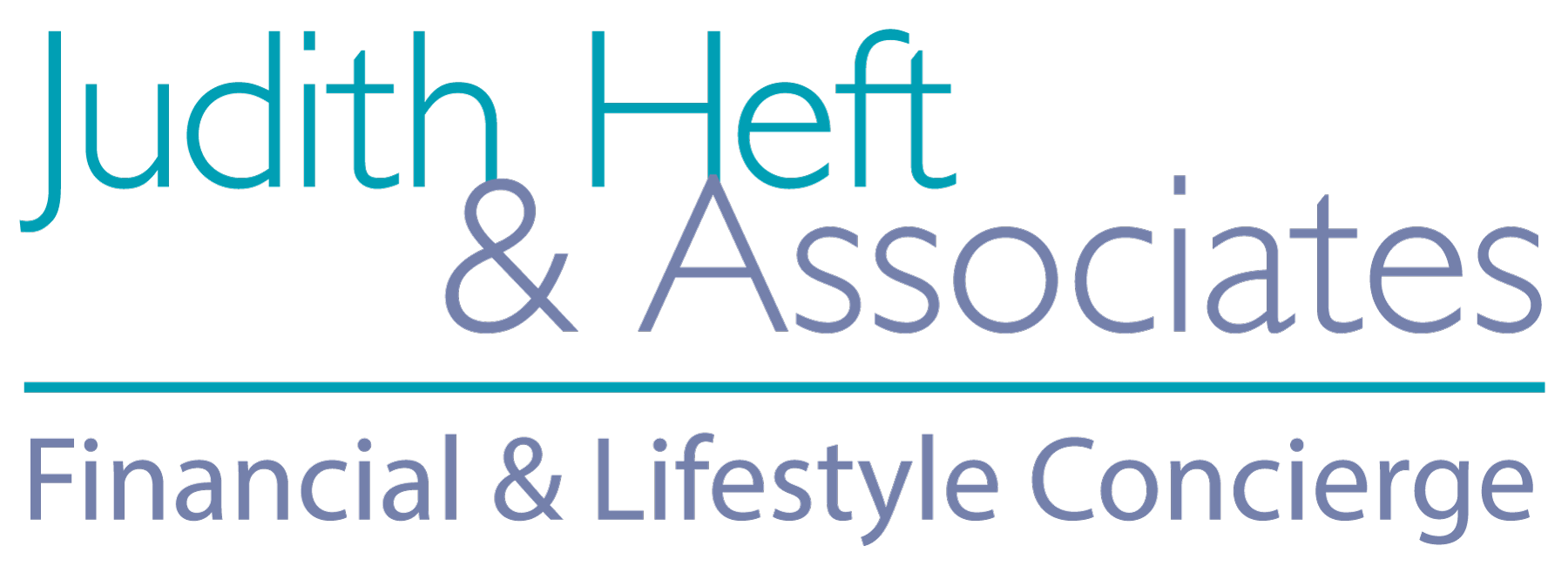The word “budget” is perhaps the only four-letter word that has six letters.
Budgeting isn’t always the nicest word to use when talking about money. For many, it’s full of negative connotations. It can feel restricting about where your money can go. This often makes people feel trapped and they abandon their budgets, since sticking to them seems overwhelming.
Spending plans are a more accommodating alternative for many. It will put you in the driver’s seat of your financial future. A spending plan certainly sounds a lot better than a budget, and it’s a more flexible and customizable plan. Instead of restricting themselves from spending willy-nilly, individuals can focus on where their money is going and plan for next time. There isn’t one way to create a spending plan. Everyone has different inflows, outflows and spending habits.
Without a spending plan, things slip through the cracks, such as memberships you don’t use and items you forgot you signed up for.
Spending plans can range from being strict budget-cutting tools to a set of general guidelines and suggestions. They can be hands-on, with people inputting their own data into a program like Quicken, or hands-off such as giving a daily money manager a garbage bag full of receipts and getting on with life.
How rigorous or lenient should a spending plan be? That’s up to the individual.
Spending plans work best when they reflect the person’s lifestyle. However, being rigorous with a spending plan can make someone burn out easily, and it isn’t for everyone. Figuring out what works with individual needs can take some time. However, a spending plan won’t succeed if one doesn’t know what is coming in and what is going out. Out of sight and out of mind will surely do no good.
The more financial knowledge you have and the better your financial foundation is, the less stress money will have on your psyche. With a better handle on finances, one can save time and reduce frustration. Stress will be reduced, productivity will be increased and you will sleep better at night. A good plan will show you exactly how much money is being spent which will improve your life. One way that makes it easier to plan and save is to pay yourself first. Then allocate funds to the categories that have been set up.
Medical expenses, household expenses, professional fees, tax-related expenses and capital expenditures are some of the basic categories that belong in a spending plan. All subcategories are individualized beyond this point.
For unexpected expenses, like medical and household emergencies and even job loss, it can be unrealistic to try to stick to a budget when these problems get thrown into the mix. But covering what needs to be paid accordingly and having a six-month emergency fund can get you back on track to where you were before this unexpected expenditure.
Having a spending plan is like having a full battery — it gives enough time to be prepared, it can be depended on and knowledge is power. Sticking to your plan provides you with more control over your finances. Know what you earn and know what you spend.
Spending plans are customized to an individual’s personality and capabilities. Always keep in mind that falling off your horse and getting back on it is a time-honored tradition shared by most successful people. Budgeting isn’t for everyone, but a spending plan sure is.
This article was originally published on the International Business Times.


Recent Comments